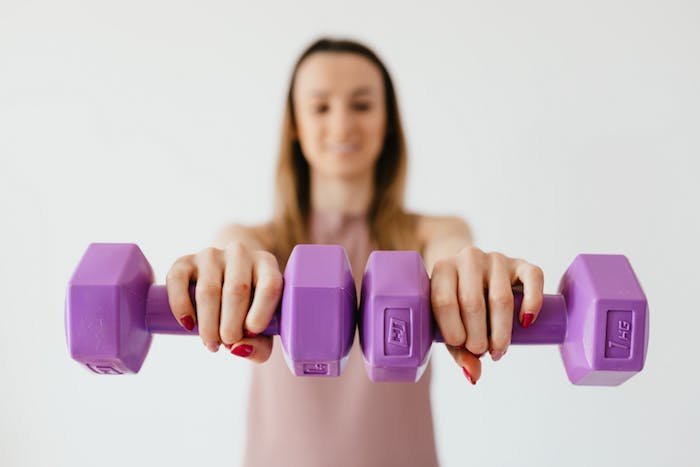Exercise is an important part of keeping our bones healthy. There are 4 main components:
1. Weight-bearing exercise. Any activity where you take weight through your bones is a weight-bearing exercise. If you already have osteoporosis you need to follow your MD/rehab professional recommendations but would likely need to stick to the lower impact group. This type of exercise strengthens your cardio-respiratory system as well as your bones. Canada’s 24 hour Movement Guidelines(1) recommend 150 mins per week, or around 20-30 mins per day. Make sure you pick an exercise that is right for you.
Examples of high impact are:
· fast running,
· basketball
· volleyball
Examples of moderate impact are:
· slow jogging
· doubles tennis
· skipping and hopping
· pickle ball
Examples of lower impact are:
· brisk walking
· marching
· stair climbing
· gentle heel raises and drops
2. Progressive resistance strengthening. Resistance may be from weights, exercise bands, moving your body against gravity, or with resistance equipment. Note: you should always stretch the muscle groups used following strengthening.
‘Bone-fit’, produced by Osteoporosis Canada (2) recommends 2X week or more. Muscles targeted should include major muscle groups in our core, hips, shoulders arms and legs. Check out this guide for examples of some of the exercises that could be right for you.
3. Posture. A poor posture often results in weak muscles, as the bones/joints are not biomechanically aligned. In osteoporosis, poor posture can cause fractures.
Bone-fit recommends working on posture daily for 5-10 mins, then working on it as you go through your day. (2) See my blog on Text Neck (July 16, 2021) for information on neck posture and how to improve it. Click HERE.
4. Balance. This can be done with specific exercises which challenge your balance (safely -so you don’t fall), or you could try an activity such as Tai Chi or line dancing which makes you move outside of your base of support in a safe way.
Bone-fit recommends trying to challenge your balance daily, perhaps by incorporating it into your daily routine.
If you’re new to exercise, or shy of it, this probably seems like a lot to take on. So, do it in bite-sized pieces. Its usually easier to start with exercise that you enjoy and know how to do, then build out from there.
Build it slowly, making exercise a life habit. And remember, don’t do it if it hurts! All exercises can be customized to meet your particular needs and preferences – ask a physiotherapist with expertise in osteoporosis to help you get started, or to increase your challenge in a safe and sustainable way.
R. Sian Owen PT
(1) https://csepguidelines.ca/
(2) https://osteoporosis.ca/wp-content/uploads/OC-Too-Fit-To-Fracture-Osteo-Exercise-Book.pdf

